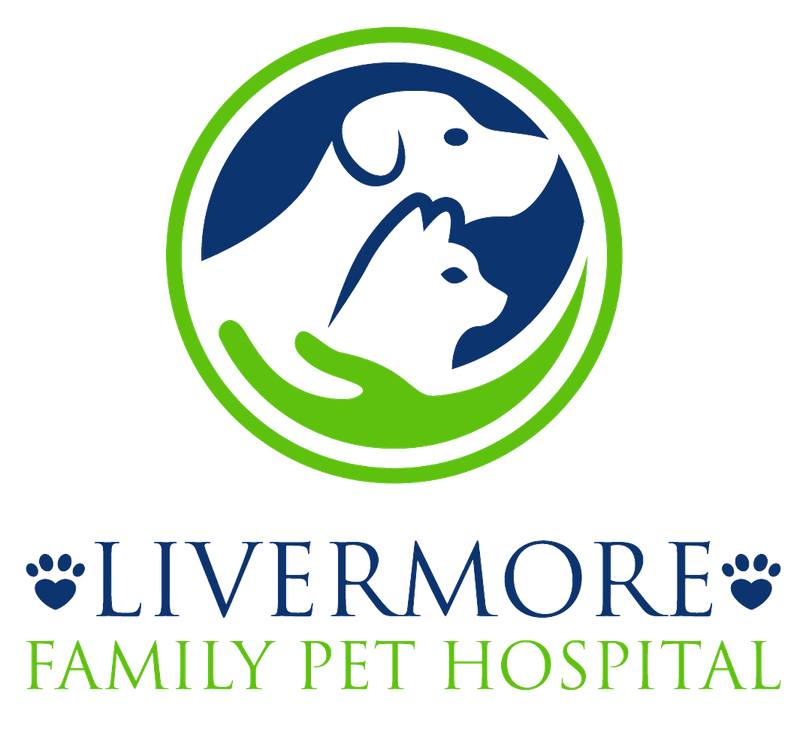Many medications are designed to be given by mouth largely because this is a convenient route for owners to administer at home. Oral medicines can be given as tablets, capsules, liquids and pastes. Most medicines given by mouth enter the stomach but pass through into the intestine before they are absorbed into the blood.
See how medications are absorbed by the intestines:
The presence of food in the stomach helps absorption of some drugs but prevents others from entering the body. The timing of administration of oral medication in relation to feeding can be critical. Oral administration of medication obviously involves dealing with the animal’s mouth. This may be a real problem in aggressive patients and alternative routes of medicine administration should be used if there is a significant safety risk
Tablets and capsules
Tablets are made from compacted, powdered drug (usually mixed with something like chalk to make the tablet the right size, and often with a flavour to make it more palatable). Capsules contain powdered drug inside a gelatine case once inside the gastrointestinal tract the gelatine dissolves to release the drug. Some tablets have special coatings to protect the drug from the action of stomach acids the coating is dissolved in the stomach and the drug released once the tablet is in the intestine. Tablets are often put into food, but often the cat simply refuses to eat the food containing the tablet. The tablet can be hidden in a tasty morsel (or specially designed treat) and given to the animal to eat. This can work quite well but if an animal bites into the tablet they are likely to spit it out and will be reluctant to be fooled by the same trick again. It is far more effective to give the tablet by hand, so that you can be sure the cat is receiving its medication regularly.
A technique that has is proven effective consist in placing the tablet at the tip of your index using a little bit of butter or margarine. The mouth is open using the thumb and the medium finger, leaving the index "free" to move forward, placing the tablet in the middle of the tongue. This technique requires a person to help you as shown on the video. The handler will hold the cat by the shoulders against his chest, avoiding any push back reactions from the cat with his front legs and paws.
See an example of how to give your cat pill or tablet medications:
Pastes
Drugs mixed into pastes can be particularly useful for use in cats. The sticky paste is smeared onto the tongue and the cat is unable to spit it out so has no alternative but to swallow. Some of these medications can be smeared onto an area of fur for the cat to lick off while grooming.
Liquid formulation
Liquids
Liquids can be very tricky to administer effectively to cats unless they can be mixed with food. If they are mixed with food it is important to ensure that the medicine is thoroughly mixed in and that the patient eats all the food containing the medication. Some liquid medications taste unpleasant so need to be mixed with quite a large volume of strongly flavoured food to disguise them. Animals will often refuse to eat contaminated food or eat around bits of food containing the drug if it has not been mixed in well. Liquid medications are usually administered directly into the mouth using a syringe. It is very easy for cats to refuse to swallow liquid medications and to dribble it from their mouths. When giving liquids by mouth, great care must be taken, to ensure that the patient swallows the medication and does not breathe it in. Oily medications, for example: liquid paraffin, in the lungs can cause severe pneumonia.
See an example of how to give your cat liquid medications:
Restraining the cat when administering a medicine by mouth
- The handler restrains the patient in a sitting position on a non-slip surface so that it feels secure (preferably with its back to a corner). It is often easier to restrain cats at a working height so place a towel or blanket on a table. If a cat struggles a lot or tries to scratch it may be necessary to wrap it in a towel.
- The person administering the medicine takes the correct dose of tablets in their right hand.
- The patient should be approached from the side and the left hand used to grasp the top of the muzzle firmly but gently.
- The upper jaw is grasped just behind the level of the canine teeth and the head pulled upwards until the mouth falls open.
- A finger of the right hand can be used to press down on the lower incisor teeth to open the mouth.
- The tablets are placed at the back of the tongue and the jaw is allowed to close.
- The mouth should be held shut until the patient has swallowed (gentle stroking of the throat area might encourage the patient to swallow).
- The patient should be watched closely immediately after medicine administration to ensure they do not spit the tablet out again.
If you have questions and you'd like to reach out to us, you can call us directly at (925) 744-6421, or you can email us at [email protected].

